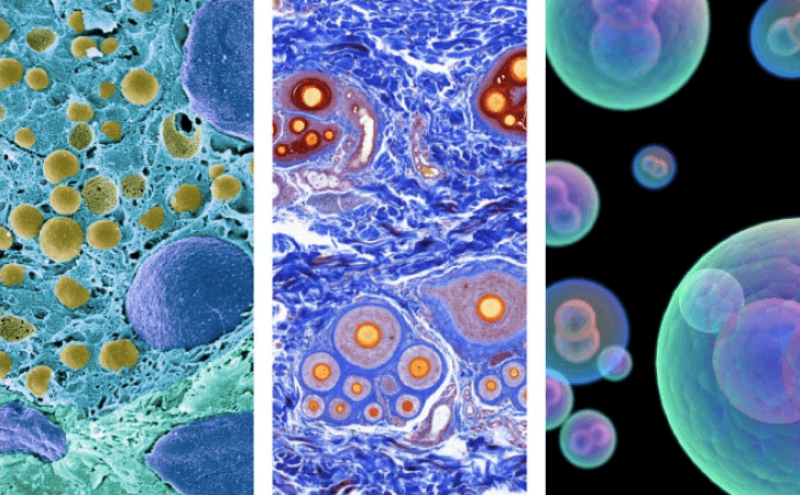Realizing the need and potential for an atlas of all human cells, two scientists, Aviv Regev and Sarah Teichmann, have set out to map every cell in the human body. The cell is to biology what the atom is to chemists: the basic building block of the field. Despite this, biology’s “periodic table” is deeply incomplete. As Regev, of the Broad Institute of MIT and Harvard, began publicizing her efforts to complete the table, Teichmann, of the Wellcome Trust Sanger Institute, approached her to join forces. Not long afterward, the Human Cell Atlas Consortium (HCA) was conceived.
…
[J]ust as you won’t likely taste one blueberry in a strawberry smoothie, rare cells can easily be lost in the mix of common cells. However, with new single-cell techniques, the results resemble a fruit salad – each and every fruit can be seen and tasted, even if there are 10 strawberries to one blueberry. These rare cells (the metaphorical blueberries), which often have specific and crucial tasks, can now be seen and understood in the greater picture of different tissues.…
The Human Cell Atlas isn’t perfect, and faces steep challenges. But it is also an ambitious and much-needed project, led by top geneticists, biologists, clinicians, engineers, and computational scientists across 10 countries. It has all the makings of moonshot project, poised to create a map of how you and I develop from a single cell.
Read full, original post: How scientists are mapping the building blocks of life































